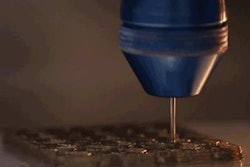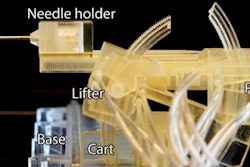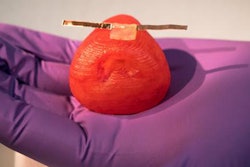Dear Advanced Visualization Insider,
The cutting-edge 3D reconstruction technique known as cinematic rendering continues to impress the medical community with the lifelike quality of its images. But just how practical is it for clinical applications?
Researchers from Johns Hopkins University detail the critical role that cinematic rendering played in resolving an irregularity detected in a patient suspected of having traumatic aortic injury. Read all about their experience in our Insider Exclusive.
Continuing with the theme of realistic visualization, researchers from Minnesota have developed a method to construct 3D-printed prostates that mimic the mechanical properties of actual prostates. Unlike the hard plastic of most models, their customized ink is as soft and pliable as real tissue.
A group from Brigham and Women's Hospital discovered a different polymer that generates enough signal to be visible under MRI. Learn how they used this material to boost surgical accuracy for the CT- and MR-guided cryoablation of spinal tumors by clicking here.
The accuracy of yet another MR-guided procedure -- this time for the breast -- may also be improved with the help of 3D printing. Find out how a team of researchers from the Netherlands used 3D printing to build a robot-guided device that can perform breast biopsies from within an MRI scanner.
In other news, Japanese researchers applied computer-aided detection (CAD) to chest tomosynthesis studies to facilitate the detection of lung nodules. Just how beneficial was this CAD algorithm? Discover the results by clicking here.
A collection of similar stores are available for your reading pleasure in the Advanced Visualization Community at AuntMinnie.com. Any questions or suggestions for topics you'd like to see covered are more than welcome.



















